With the last movie ending on a cliff-hanger, it’s inevitable that fans will expect great things from the penultimate film in what is currently a trilogy. Rurouni Kenshin: The Legend Ends promises to pick up from where Kyoto Inferno left off and tie the loose ends, so to speak.
Read Rurouni Kenshin: Kyoto Inferno Review
The movie starts slow, then works itself up to the climax. Himura Kenshin’s skills had to be “sharpened” again, and Hiko Seijuro XIII sure did make up for lost time on his student. The first part has four separate plot points running at the same time: Kenshin’s re-training; Misao and the Oniwabanshu picking up the pieces with an injured Okina and a rogue Aoshi; Kaoru recovering and returning to Tokyo with Yahiko and Sanosuke.
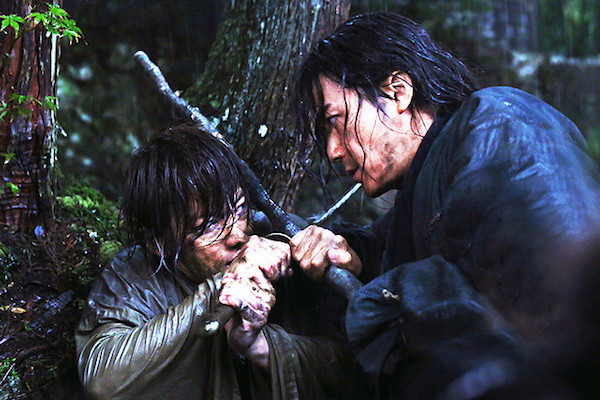
The fourth plot point concerns Makoto Shishio and his army. He succeeds in forcing Home Minister Ito Hirobumi into declaring Kenshin a wanted criminal. What he didn’t see, however, was the government using the time given to them by Kenshin’s disappearance to mount shore batteries that can hit the ship Rengoku.
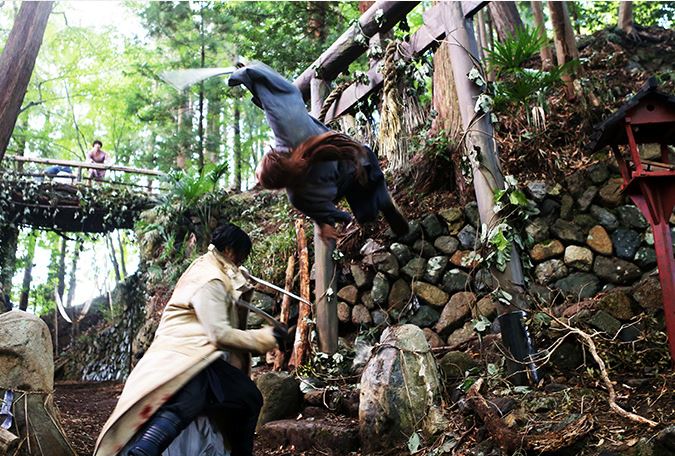
After Kenshin completes his training, the pacing starts to go up. After giving Aoshi a considerable beating, Kenshin returns to Tokyo only to get himself arrested. Not willing to just lie down and die, Kenshin hatches a plan to get near to Shishio under the cover of his own execution. Shishio sends Hoji in his place to what was supposed to be Battosai’s death and humiliation of the new government. Instead, it becomes an all-out brawl on the shoreline.
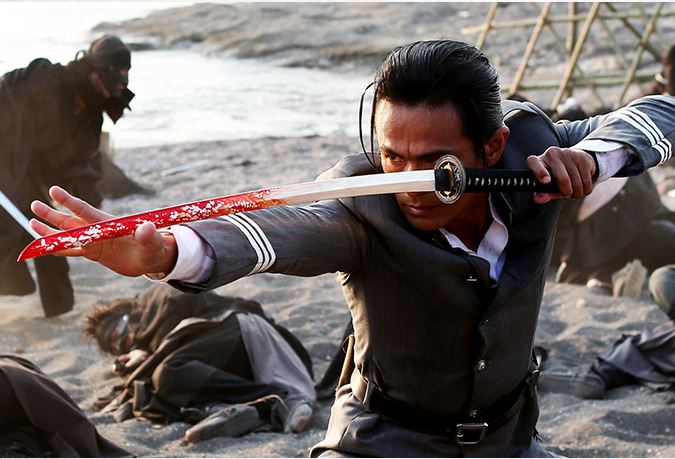
Kenshin and Sanosuke reach the Rengoku where they manage to silence its guns and defeat the crew. Then, it’s time for one on one battles. Sanosuke gets down and dirty with Anji, while Kenshin settles some unfinished business with Seta Sojiro.
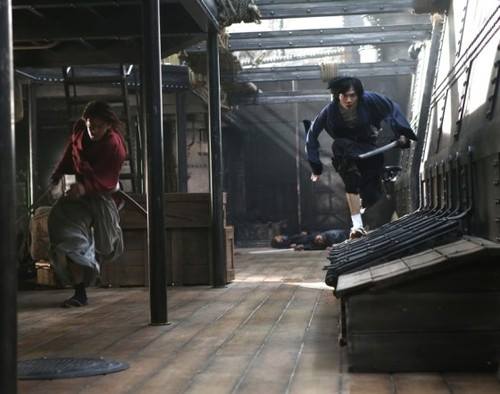
Seta realizes that Kenshin is much faster this time and decides to up his game as well. Kenshin, however, delivers a blow to one Seta’s legs making him unable to go full speed. Seta refuses to back down, holding on to Shishio’s philosophy of “strong shall survive, the weak must die”. But Kenshin targets the Tenken’s legs, making him incapable of fighting back. Kenshin lets him feel the power of the ultimate technique and the Tenken is defeated.
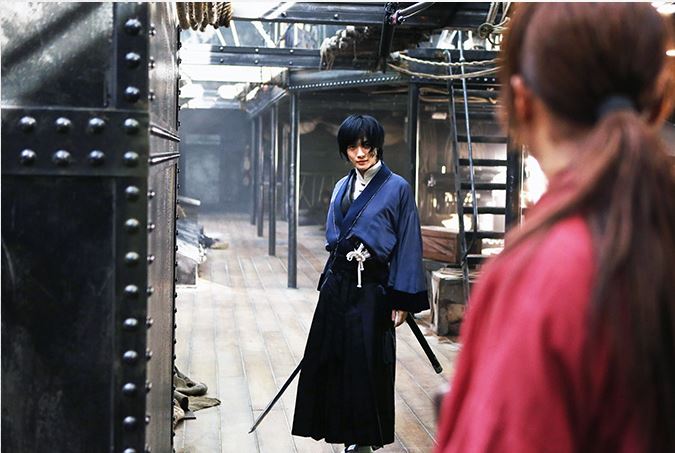
After fighting many enemies just to face his successor, Kenshin is dog-tired but still manages to hold his own against Shishio for a few minutes. Saito joins in the fight while Kenshin is down but gets overpowered as well. Sano and eventually Aoshi join in too but didn’t fare any better. After a classic four on one fight, everyone is bruised and battered, and Shishio has exceeded his fight limit.
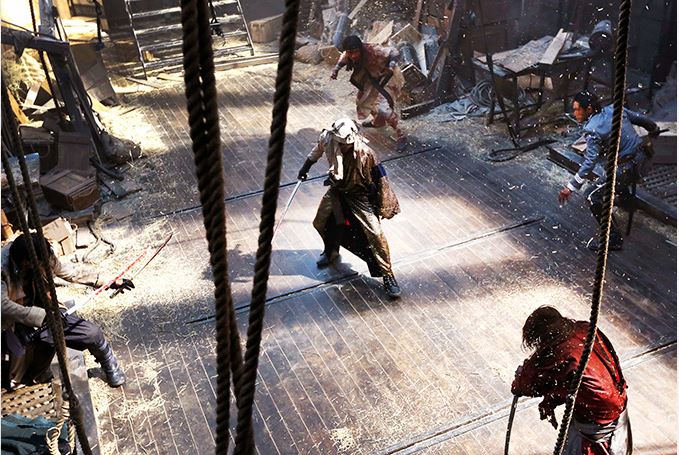
Komagata Yumi went between Shishio and Kenshin seemingly to stop the fight, but it was actually a ruse to enable Shishio to impale Kenshin with his sword through her. With his love dead, his death inevitable, Shishio tells the dead Yumi that he will see her in hell and goes for a final showdown with his sempai.
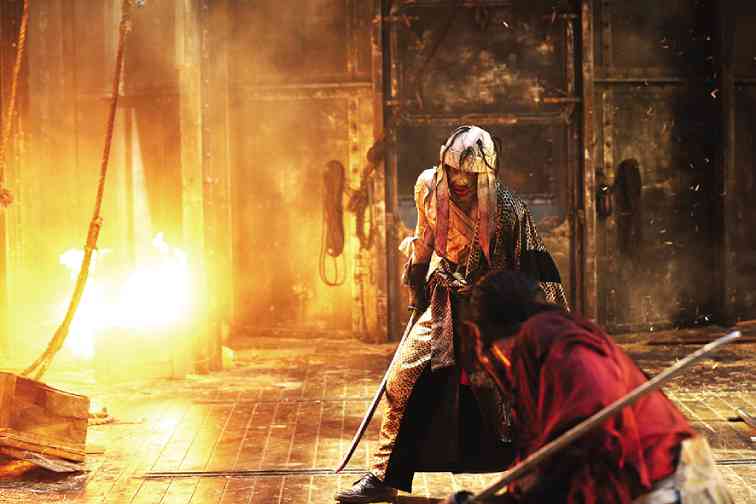
Kenshin tells Shishio that their time has ended, many years ago, when he picked up the reverse-edged blade and started his wanderings. Shishio insists their time still hasn’t come. With no other choice, Kenshin uses the ultimate technique of Hiten Mitsurugi Ryu: Amakakeru Ryu no Hirameki. Shishio is defeated, his body bursting into flames. The survivors make their way to the beach where Ito Hirobumi gives the warriors some well-deserved respect.
The final scene in the movie shows Kenshin telling Kaoru that he wants spend the rest of his life with her.
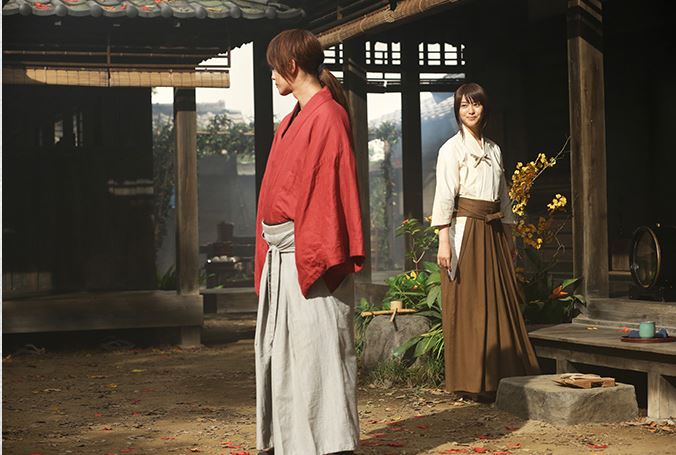
Rurouni Kenshin: The Legend Ends provides an adequate close to the live-action Kyoto Arc. The movie runs for over 2 hours, but you don’t feel the clock ticking, even with the slower first half. It doesn’t scrimp on action, and provides good pacing even with all those loose ends they had to tie up. The sound is as great as it was in Kyoto Inferno, and the action and acting all remain the same. The difference is that there is a lot more dialogue and character development for Kenshin here than it did in the past two movies combined.
It is definitely slow, but not boring since there is a lot going on. The main problem you will encounter in this movie is that unlike the first and Kyoto Inferno, it does not stand alone. You need to watch the first part to understand half of what was going on. That wasn’t an issue for me because I’ve watched all films, but for someone who wasn’t able to, he’s going to have a hard time getting his head over the plot, at least for the first 20 minutes.
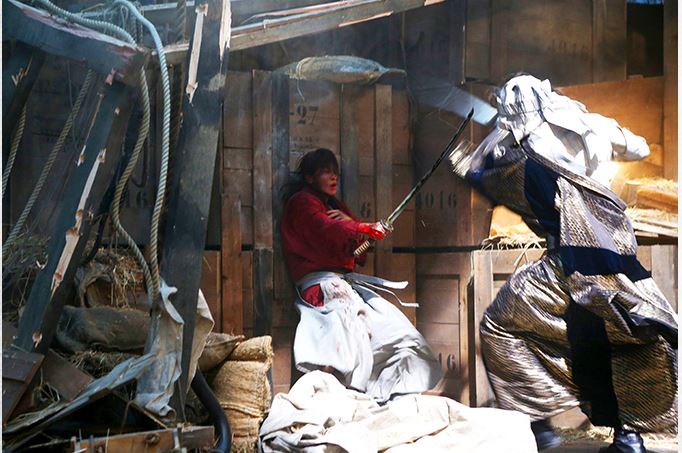
Kyoto Inferno and The Legend Ends should be treated as one very long movie, instead of two independent films. This film doesn’t make its own conflicts, but rather, continues into the ones made by the previous one and provides a solution. Even the twist of making Kenshin a wanted man for execution is merely a by-product of the problems in Kyoto Inferno. The first half was really special to me because it gives an insight into Kenshin’s frame of mind during his training with his master. It gives a new perspective as to why he took his non-killing vow in the first place. It’s not just because of guilt over killing those targets for the sake of the new age, rather, Kenshin loves to “carry” unnecessary burdens because of it. His guilt made him loathe himself, and although he is willing to seek redemption by wandering and helping people, his self-revulsion at having killed innocent lives is affecting his will to live. Once Kenshin realized that he is afraid to die because he wanted to live for himself and the people he cares about, he became more powerful, and was able to master the final technique.
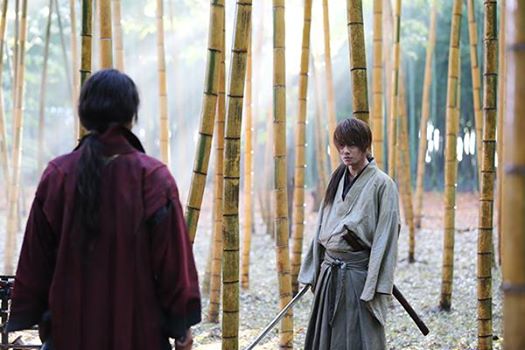
[signoff icon=”quote-circled”]
There are a few things in this movie that might not sit well with hardcore fans and almost all of them deal with the Juppongatana.
[/signoff]
There are a few things in this movie that might not sit well with hardcore fans and almost all of them deal with the Juppongatana. They were introduced with much pomp in Kyoto Inferno, but they were reduced to just mere pawns both by Shishio and the movie. Granted, there is no way that all of them can get decent screen time, but I am divided as to whether they couldn’t be included in the script without making it seem like one big mess, or whether their abandonment on the beach-head was a deliberate ploy by Director Otomo to hammer home the fact that Shishio didn’t really care if his own death squad gets wiped out. In fact, Shishio didn’t even try to establish a firm base on the ground for his supposed “take over”. Either he’s a poor military strategist or he never really intended to win in the first place. The final casualty report for Shishio’s team are:
- Fuji – deceased
- Saizuchi – captured
- Iwanbo – captured
- Uonuma Usui – deceased
- Sadojima Hoji – unknown
- Yukyuzan Anji – unknown
- Kariwa Henya – captured
- Honjo Kamatari – missing, presumed dead
- Sawagejo Cho – in prison since before the Kyoto incident
- Seta Sojiro – unknown
- Shishio Makoto – deceased
Honjo’s body might have been the one in the final shot on the beach near the bamboo fence to the right, but I’m not really sure.

[signoff icon=”quote-circled”]
Kuzuryusen and Amakakeru Ryu no Hirameki are there in the movie, but you’d have to be sharp to see the first, and be prepared to have your dreams of a spinning Kenshin (with matching silhouette of a dragon) shattered on the second.
[/signoff]
The second thing that fans might have a problem with is the two techniques that were important in the manga. Kuzuryusen and Amakakeru Ryu no Hirameki are there in the movie, but you’d have to be sharp to see the first, and be prepared to have your dreams of a spinning Kenshin (with matching silhouette of a dragon) shattered on the second. I certainly didn’t have any problem with either as they have been adapted into sound sword techniques: Kuzuryusen became a methodical barrage of strikes (it defeated Aoshi, and Hiko repeatedly used it against Kenshin), and Amakakeru Ryu no Hirameki became much more simpler, albeit more believable and still every bit as powerful and as effective as the original. But there might be fans who were expecting a more “awesome” move. I think I prefer what we have in this movie, because it helps in making the moves quite believable. The more elaborate and flashy a move is, the less inclined I am to believe it works.
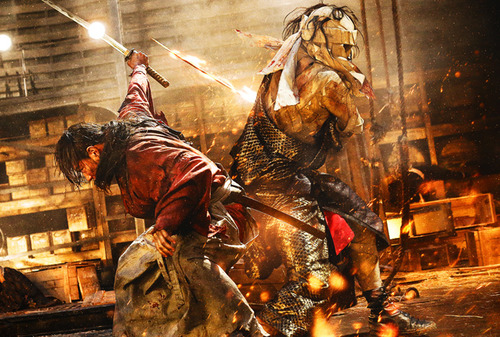
There are a few things to look out for, too. There are indications that this will not be the last Rurouni Kenshin live action movie that we’ll see. As with the first film, bits and pieces of teasers are scattered throughout The Legend Ends that – should a fourth movie be approved – would conveniently tie everything up. This, in particular, left me with that feeling of wanting more. While all the loose threads had been tied up, there’s no real “happy ever after” moment.
As with Kyoto Inferno, the film’s weakness is the character development – or rather, the lack of it – for the supporting cast. The time allowed to adapt the story is limited by the medium itself, which means that outside of the main characters, opportunities for character development will be few and far between. Even among the main characters, Kenshin gets the lion’s share of character time. In this case, that’s understandable since we get to go inside Kenshin’s head and explore his own doubts and fears. But it contributes to the feeling that the others were neglected. Some of these support characters, Komagata Yumi for example, would have benefited from a well fleshed-out back story. Yukyuzan Anji, for instance, was used merely to provide an enemy for Sanosuke as well as the one who will reveal the motivations of several characters. It’s ironic that Kenshin and Shishio would be so three dimensional when everybody else remained in 2D.
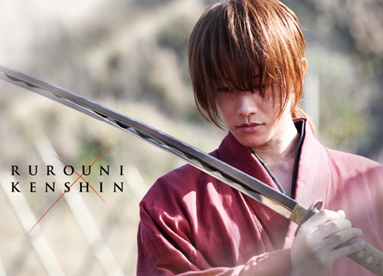
These things shouldn’t prevent you from enjoying “The Legend Ends”. Its conclusion gives proper closure to this adaptation of the Kyoto Arc. It retains its crown as the best live action adaptation of a Japanese manga and/or anime by its consistently high production values, respect for the source material, excellent acting by Takeru Sato as Himura Kenshin, and great directing by Keishi Otomo. Unlike many adaptations that ended up being uninspired forgettable movies, Rurouni Kenshin aims high without losing sight of its goal to deliver the story of that humble, likable wanderer who captured many hearts through his ungodly skill and his strong will to live and fight for the people he cares.


